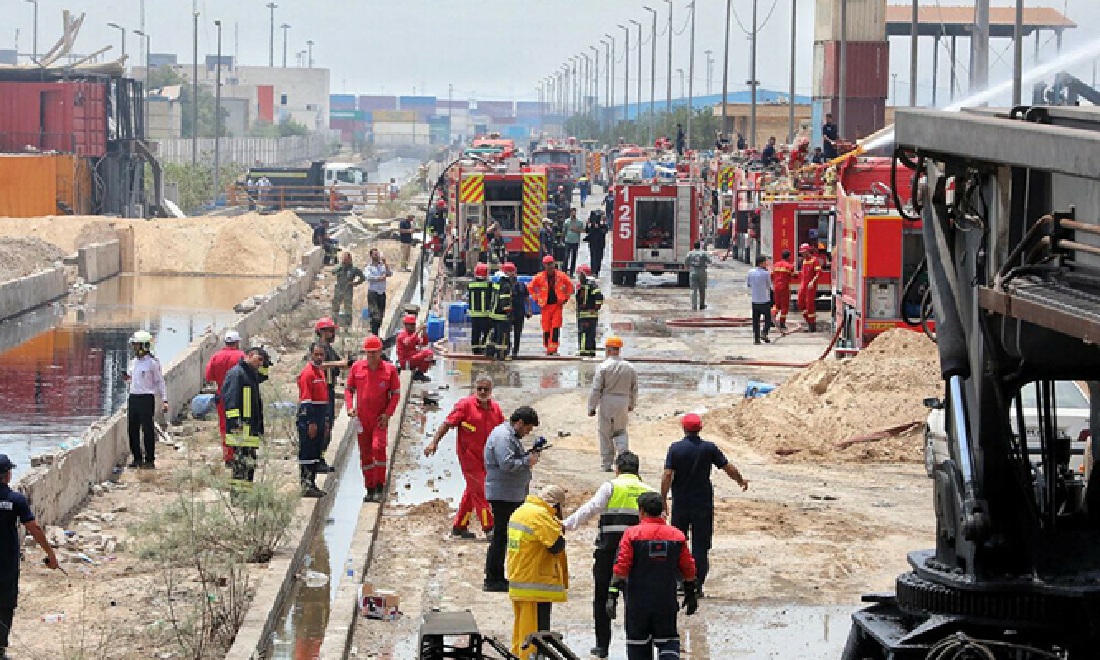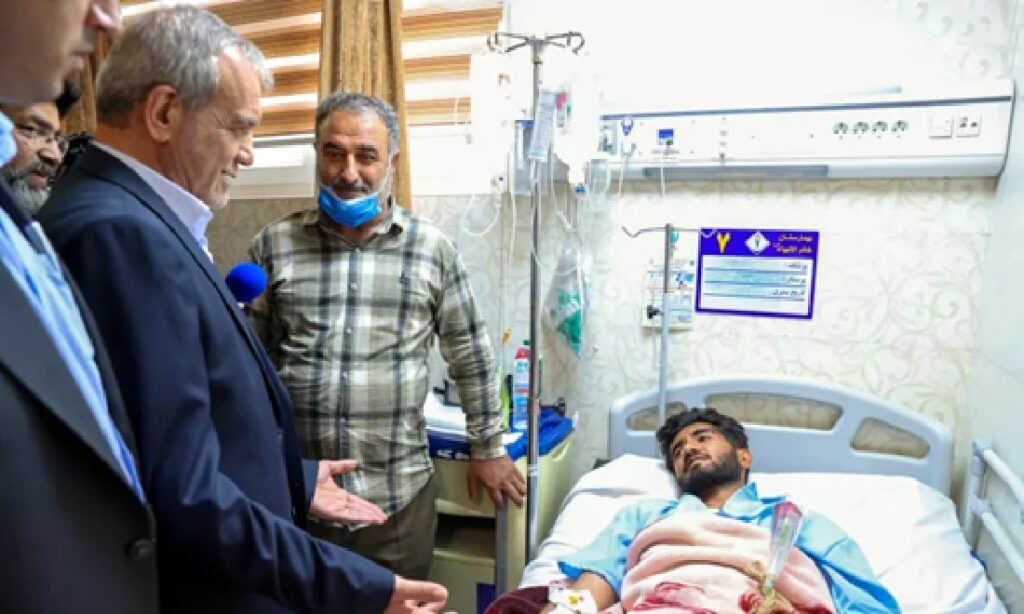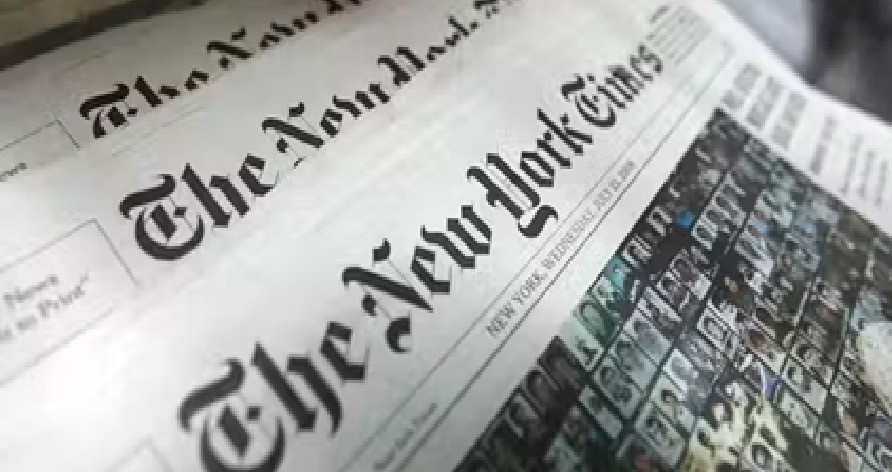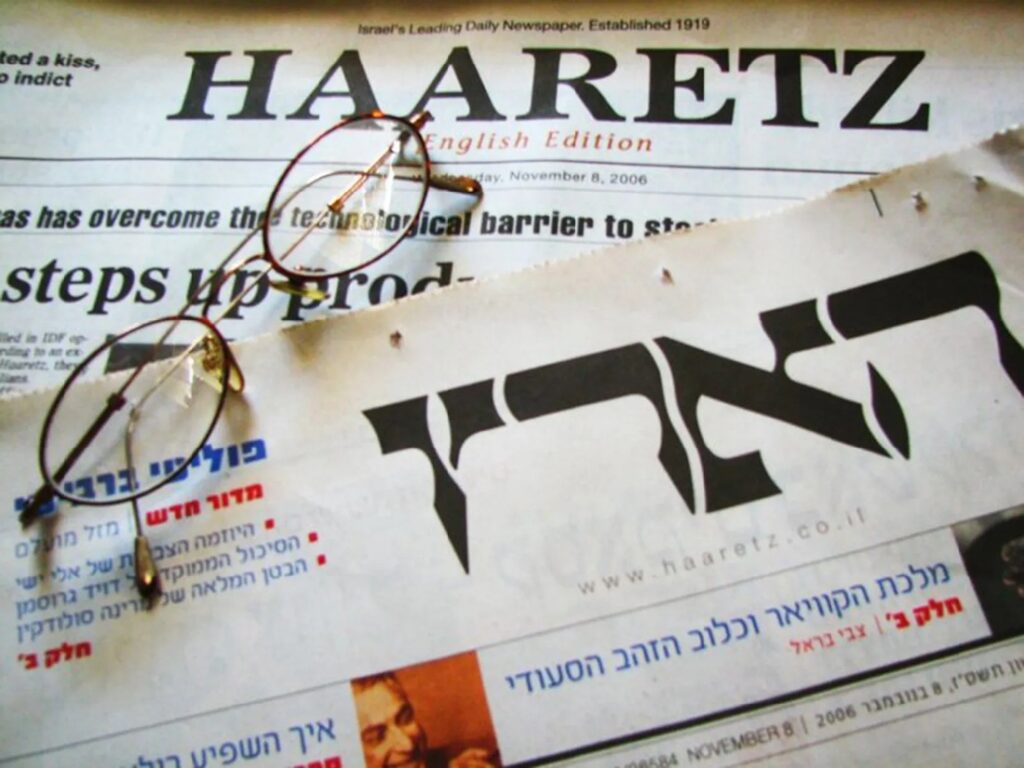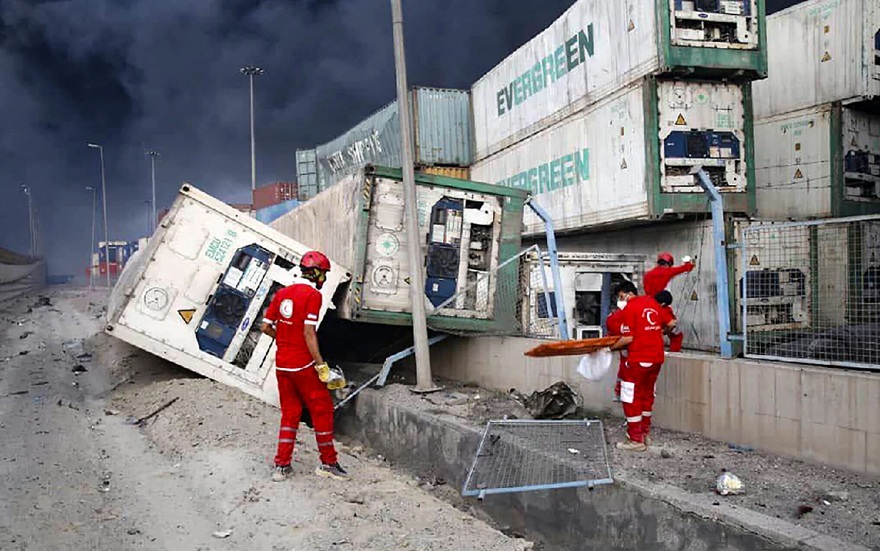The Shaheed Rajaee explosion in Bandar Abbas saw Iran’s swift crisis response—yet Western media pushed false narratives of negligence & sabotage. Discover the truth behind the biased coverage.
On April 26, the bustling port city of Bandar Abbas was shaken by a massive explosion at Shaheed Rajaee terminal. What followed was a story of two parallel realities: the actual events on the ground, and the distorted narrative that quickly spread through international media.
Eyewitnesses described a blast so powerful it felt like an earthquake.
- “We were thrown off our feet—glass shattered everywhere,” one survivor recalled.
- Hospitals like Saheb-e-Zaman and Shahid Mohammadi were quickly overwhelmed but continued admitting patients.
- The Red Crescent issued chemical exposure warnings, urging masks and evacuations for Khun Sorkh village, the closest residential area.
The Explosion & Iran’s Rapid Response
According to provincial officials, at least 8 people were killed and 6 were missing following the Shaheed Rajaee explosion as of yesterday evening, and the number of injured has reached more than 750. The Bandar Abbas Blood Transfusion Center announced in a call that all blood types, especially O-negative, are needed.
Meanwhile, the emergency crews, medical teams, and volunteers rushed to the scene, battling flames and rescuing survivors as thick smoke engulfed the city. Hospitals overflowed, yet medical staff worked tirelessly, while authorities evacuated nearby areas to prevent further harm.
Government action was immediate
- Interior Minister Eskandar Momeni arrived in Bandar Abbas within hours, coordinating relief efforts.
- Attorney General Mohammad Movahedi ordered a full investigation, vowing accountability.
- The Ports and Maritime Organization secured the site, preventing secondary disasters.
The Red Crescent deployed emergency teams, mobile clinics, and relief tents, while the National Iranian Oil Refining Company confirmed no link to oil facilities, ensuring public confidence.
Yet, while Iran focused on saving lives, Western media focused on spinning a story.
Western Media’s False Narratives
Western media outlets seized the moment to push a familiar narrative—one of government failure, negligence, and covert military links following the Shaheed Rajaee explosion. Rather than reporting on the heroic local response, many foreign journalists framed the tragedy as evidence of Iran’s systemic incompetence—or worse, implied hidden military dimensions.
This was not just biased reporting—it was a deliberate distortion of reality.
US Media Narrative
The US media, particularly The New York Times and the Associated Press, emphasized technical factors and the possibility of negligence in their coverage of the Shahid Rajaee explosion.
- The New York Times reported on April 26 that the explosion was caused by sodium perchlorate, a key ingredient in solid ballistic missile fuel, claiming that the material was mishandled.
- The Associated Press also reported, citing the maritime security firm Embry, that the explosion resulted from “the improper handling of a shipment of solid ballistic missile fuel.” They noted that the port had received a shipment of sodium perchlorate in March 2025.
- The Wall Street Journal reinforced this analysis, stating that the explosion could be the result of “weaknesses in the management of hazardous materials,” especially given Iran’s history of similar incidents, such as the Beirut port explosion in 2020.
The media avoided speculation about foreign involvement and focused on domestic factors.
Reality:
Reza Talaei-Nik, a spokesman for the Ministry of Defense, stated that there were “no imported or exported cargo with military use in the area of the fire” at the site of the massive explosion at the commercial port of Shaheed Rajaee.
Link to Iran’s Missile Program
American media outlets linked the explosion to Iran’s missile program. The Associated Press connected the incident to Iranian military activities, tying this narrative to the ongoing nuclear talks in Muscat.
The Wall Street Journal posited that the incident could increase pressure on Iran in the negotiations because it highlights “infrastructural weaknesses.” While they refrained from directly blaming Israel or other foreign actors, by emphasizing the missile program, they set the stage for political analysis.
Israeli Media Narrative
The Israeli media, particularly Haaretz, adopted a cautious but speculative approach regarding Israeli involvement. Haaretz reported that the Shahid Rajaee Port explosion resulted in over 400 injuries, but did not analyze the cause and cited only reports from domestic media.
Nonetheless, the outlet indirectly alluded to the history of Israeli operations against Iranian facilities, stating, “An explosion in a strategic port like Shahid Rajaee, which is a center of trade and military activity, has raised speculation about foreign involvement.”
The report referred to past incidents, such as the theft of nuclear documents from Shorabad (2018) and the assassination of Mohsen Fakhrizadeh (2020), for which Israel has been accused. This indirect reference set the stage for speculation about Israeli involvement without making an explicit claim.
Nuclear Talks Connection
Israeli media analyzed the explosion in the context of the nuclear discussions. Haaretz noted that the explosion occurred at a critical time when Iran and the United States were in talks in Muscat.
Also Read: Iran-US Talks 2025: Rome hosts second round of talks
The outlet quoted an Israeli security analyst who claimed, “Similar incidents in the past have slowed down the talks,” suggesting that the explosion could be “a message to Iran.” However, Israel officially denied any involvement.
Cautious Speculation
The Israeli media avoided making explicit accusations but stoked speculation by referencing a history of covert operations. The Jerusalem Post published a similar report on April 26, stating that the explosion raised “questions about the security of Iran’s strategic facilities.”
The outlet quoted a former Mossad official claiming that “Iran is vulnerable to external attacks,” but did not present direct evidence. This cautious approach likely stemmed from the ongoing nuclear negotiations and international pressures to de-escalate tensions, while leaving room for further speculation.
Reality
- Zero proof of sabotage emerged.
- Israeli officials denied involvement, yet media kept speculation alive.
Russian Media Narrative
Russian media outlets, including Sputnik and Russia Today, mirrored the American media’s focus on domestic and technical factors.
- Sputnik reported on April 26 that the Shahid Rajaee Port explosion was caused by “improper chemical transfer,” citing Iranian sources as indicating negligence.
- Russia Today characterized the explosion as an “industrial accident” and noted that Iran has a history of similar incidents, such as the 2021 Tehran refinery explosion.
These outlets avoided speculation about foreign interference and highlighted Iran’s infrastructural weaknesses.
Supporting Iran’s Position
Russian media indirectly supported Iran’s position in the nuclear negotiations. Sputnik noted that the explosion occurred at a critical moment and could be “an attempt to undermine Iran in the negotiations,” but attributed this claim to Western sources without supplying direct evidence.
The outlet further emphasized Russia’s support for the Muscat talks, indicating that Moscow seeks a “diplomatic solution” to the nuclear crisis. This approach, along with China’s backing of the negotiations, reflects Russia’s intent to strengthen Iran’s position amid Western pressures.
Avoiding Direct Accusations
Like their American counterparts, Russian media refrained from directly blaming Israel or other foreign actors. Russia Today reported that the explosion had “environmental and health consequences” and stated that Iran should conduct a thorough investigation, but it avoided any political analysis.
This conservatism likely arises from Russia’s strategic relationship with Iran and the desire to maintain stability in the nuclear talks.
Reality
- The explosion had no impact on diplomacy—talks continued uninterrupted.
- Iran’s rapid containment of the crisis proved its resilience, contrary to media spin.
Why the Bias?
- The American media pursued the goal of applying diplomatic pressure in the negotiations by concentrating on technical factors and the missile program.
- The Israeli media cautiously speculated about its own involvement to keep Iran on the defensive without exacerbating tensions.
- The Russian media, by supporting Iran and avoiding direct accusations, aimed to bolster Moscow’s diplomatic position. These differences stem from the political relations and strategic objectives of each country.
The discrepancy in media approaches reflects each country’s distinct strategic goals: the United States seeks diplomatic pressure, Israel exercises cautious speculation, and Russia supports Iran.
How Iran Failed Media Bias
The Shaheed Rajaee explosion will be remembered not only for its devastation but also for the strength and solidarity it revealed. While foreign media raced to frame the incident through political lenses, the reality inside Iran was one of relentless effort and national unity.
From the first responders who pulled survivors from the rubble, to the medical teams who worked without sleep, and the officials who visited the blast site within hours, the response was swift, coordinated, and deeply human.
Though the scars of the tragedy remain, so too does a message: in moments of crisis, Iran does not falter — it rises. As investigations continue and recovery efforts move forward, the country stands resilient, refusing to be defined by outside narratives.

